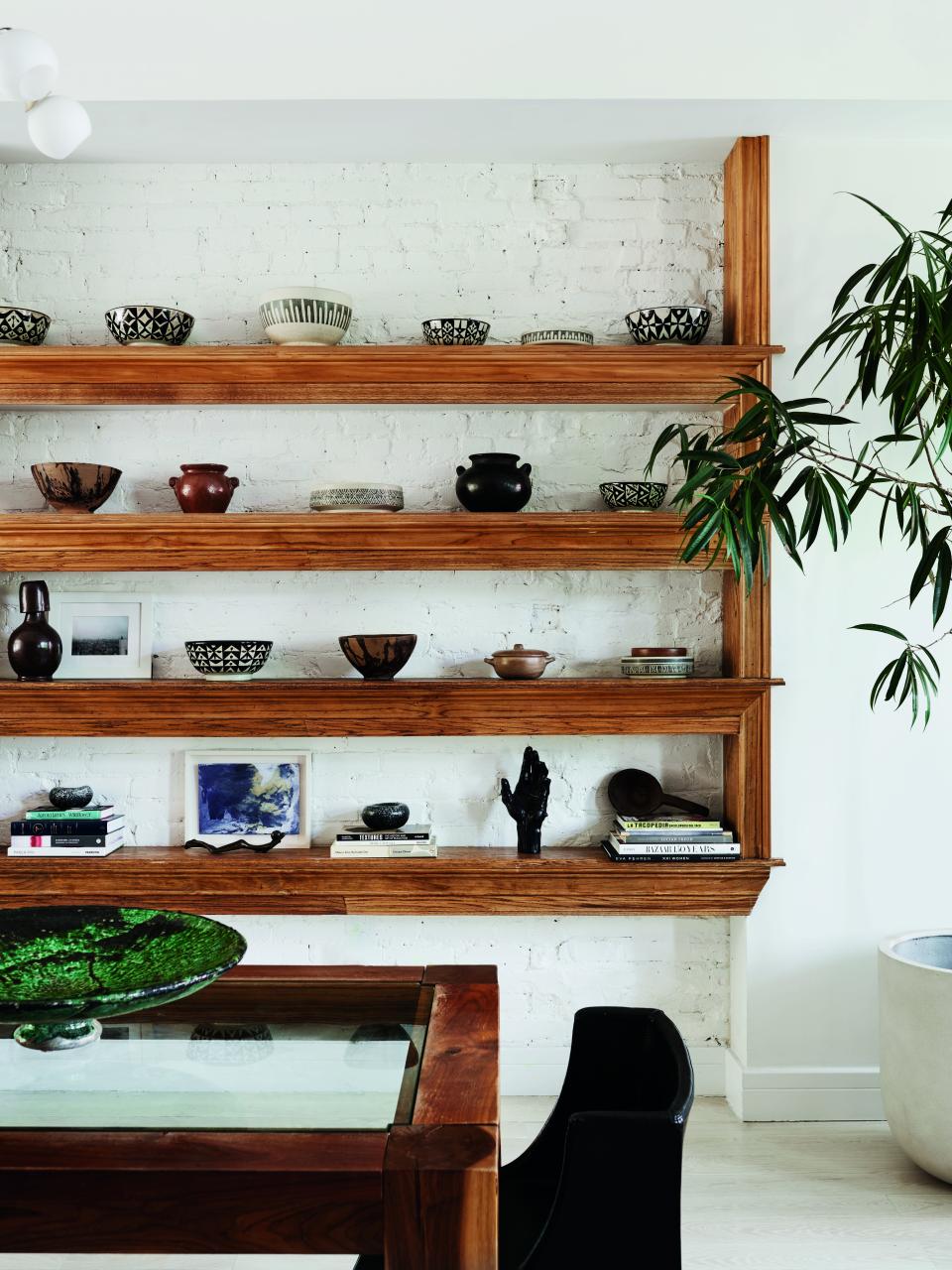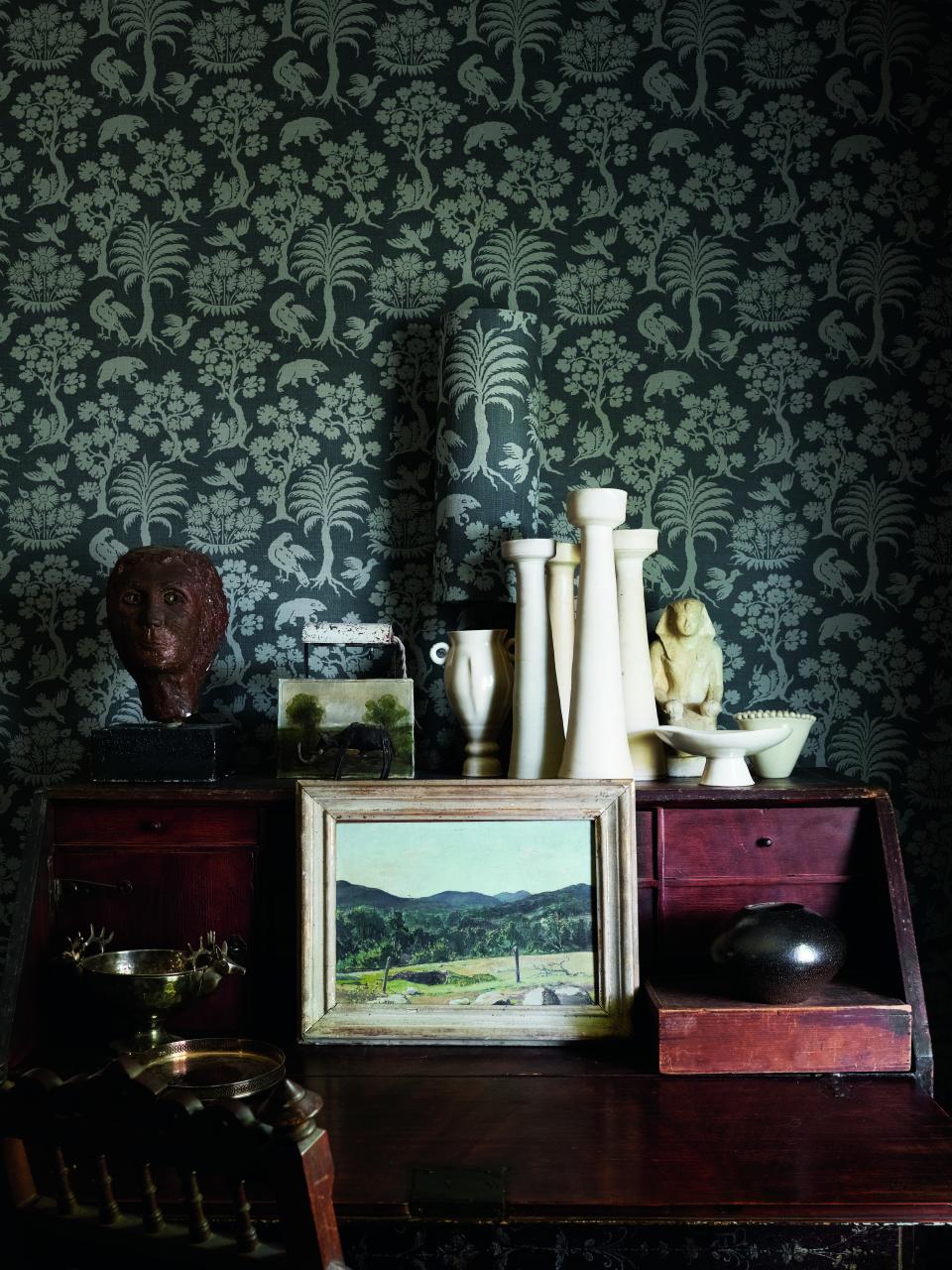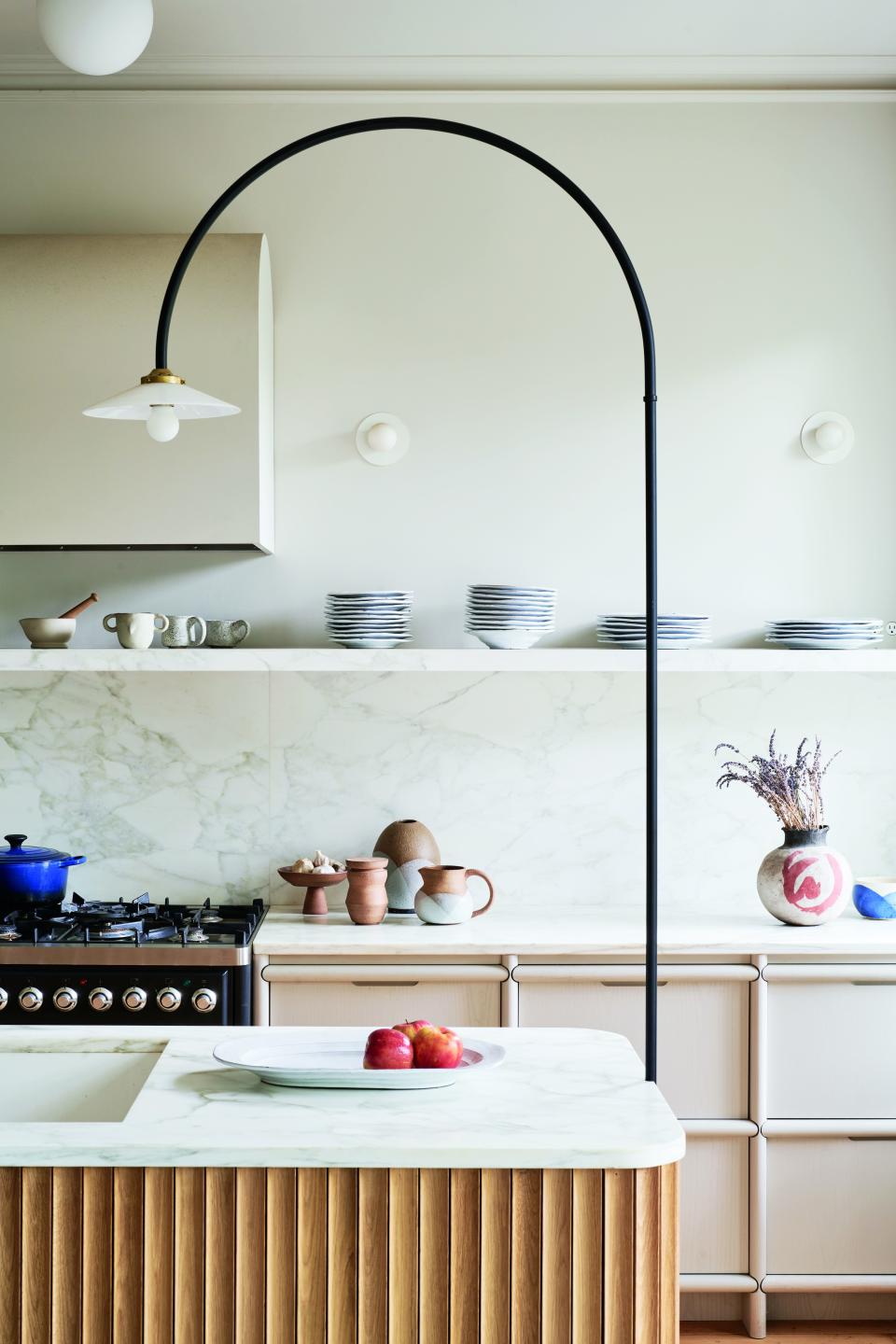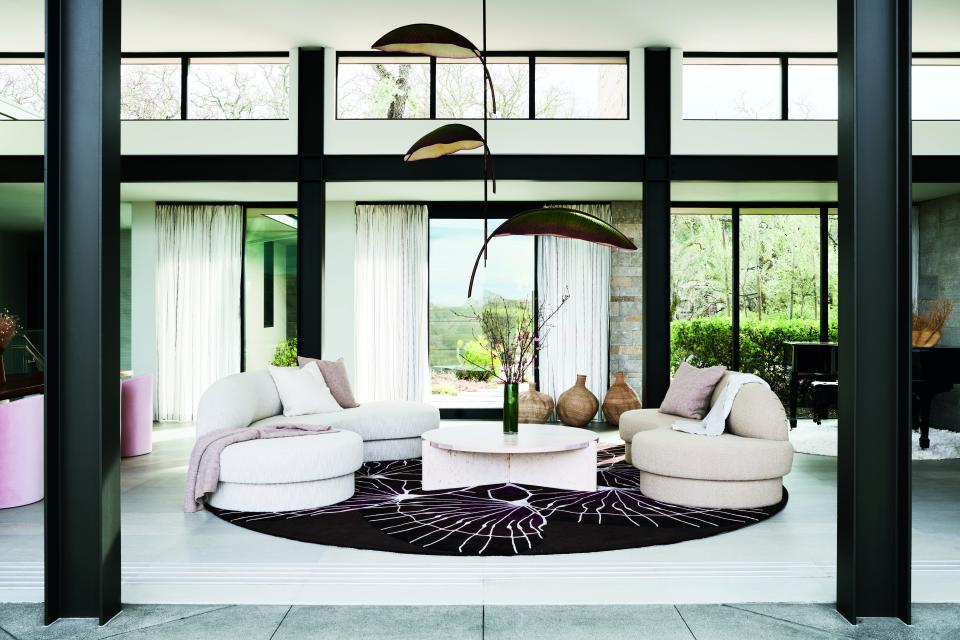Jean Lin’s Top 3 Secrets to Becoming a More Thoughtful Collector

Photo: Brooke Holm
Jean Lin has been a major force of change in the New York design world since she founded her co-op and gallery Colony in 2014, which served as a launchpad for many independent designers like Allied Maker and Egg Collective when they were just getting their footing. But when a cold email from a book publisher landed in her inbox two years ago, the impostor syndrome in her made some compelling arguments that this had to be some kind of hoax. “When my editor reached out to me about it, I was suspicious,” she recalls. “But I took the call and it was not a scam.”
What We Keep: Advice from Artists and Designers on Living with the Things You Love is now out in the world via Abrams Books. It serves as an exploration of collections of all kinds and the people who stockpile those shelves of pepper mills, ceramics, textiles, sterling silver pieces, dunny art toys, and beyond. A former writer before starting her own design co-op, Jean Lin dusted off her reporting hat to interview dozens of creators within and beyond the design world on their most meaningful keepsakes, from woodworkers George and Mira Nakashima to ceramist Stephanie Shih, chef Kwame Onwuachi, and AD100 designers like Christine Gachot.

The book gives readers an intimate tour of collectors’ studios, homes, and belongings, but there’s also plenty of actionable wisdom to mine from its pages—including service-oriented tips on how to go about collecting, styling advice, and playful musings on home design like a bullet point that simply imparts “fuzzy seating always makes sense.” As a nod to the designer’s heritage, each section in the book also corresponds to an element of traditional Chinese medicine: wood, fire, earth, metal, and water. “I wanted it to reflect who I am and I am a very proud Asian American daughter of immigrants,” she adds.
For Jean, What We Keep is a natural extension of the work she’s already doing at Colony. “I have always believed that there’s a really important relationship, shared respect, and through line in our industry between the collectors, the designers, and the makers of the objects,” she says. “To tell the full story, I wanted to show all of those different aspects of creativity, because Colony is about bringing all those people into the same room. That’s, like, my whole life.”

AD: There are some great tips included in each section of the book, like the one about the golden rule of mixing different woods. How did those get compiled?
Jean Lin: Those are mine. I’m a practicing interior designer as well, but I don’t want to take myself too seriously. It always feels like too much when I act like “these are the rules, this is how you do it.” So I tried to include a little bit of humor, but also some useful things that I learned because I’m not a classically trained interior designer. Everything that I put in the book I have discovered over the course of my design practice. I felt that putting it in a lighter, more personal voice would make it a little bit fun and also make readers feel like they can also do this. That was the goal.
The page on how to tell the difference between woods, that’s knowledge I’ve gained over 10, 15 years of working with woodworkers closely. I didn’t know the difference between any of those when I first started in the industry. There were also moments where I had to text my friend who’s a master woodworker and is featured in the book to ask him, “What actually is the difference between hardwoods and softwoods? Why are they called that?” So I didn’t only go by my own self-taught knowledge, I was also calling people and making sure that I was right about these things.
Were there any surprising insights that you gleaned from interviewing people about their collections?
The overarching theme of the book is that collections are almost never about the actual thing. It’s always about something meaningful behind those objects or some memory that they spark or a point of inspiration that feels telling. I never considered myself a collector until I wrote this book. Often if you ask people a simple question like “Are you a collector?” the first answer is no. But through the book, I was able to consistently unveil an attachment to the things that people surround themselves with that go beyond the object.

Are there any unexpected places that you suggest looking to for expanding your collection, whether you collect glassware or silver or beyond?
In the book, I talk to the pair behind Grain Design, who I represent at Colony. I’ve known them for so many years, and they are a certified B-corp based on Bainbridge Island. They work very, very hard to have a sustainable practice through and through. One of the things I asked them was, “If you’re buying something, if you’re a collector, how do you stay sustainable?”
Their answer was to look for things that exist and not look for new things. You don’t have to only collect vintage things, but to live in a world where you appreciate something that exists rather than going out and chopping down a tree or buying something brand new. Especially in the world of some of the bigger retailers that are a little bit less responsible in how they produce their work. I think that was a little bit of an unexpected tip because as makers we’re trying to make a living just like everyone else.

A few people in the book said that collecting is also more about the hunt than actually acquiring a thing, so I imagine it’s also about being vigilant when going out to places like flea markets.
Another overarching theme is education and knowing what you’re looking for even if you’re buying things online. You can start a collection with so much more confidence when you know what certain materials actually are, like plated sterling silver versus real sterling silver. That’s another takeaway I hope people get—let’s be responsible in our consumption and know what we’re looking at rather than just buying something.
There’s a storage tip in the book about making friends with a bar cart. Can you elaborate on that?
A bar cart is great because you can move it. A shelf that moves is so practical and a bar cart is a cute version of that. It’s unstoppable if you think about it; practicality plus aesthetics plus mobility.
Originally Appeared on Architectural Digest

